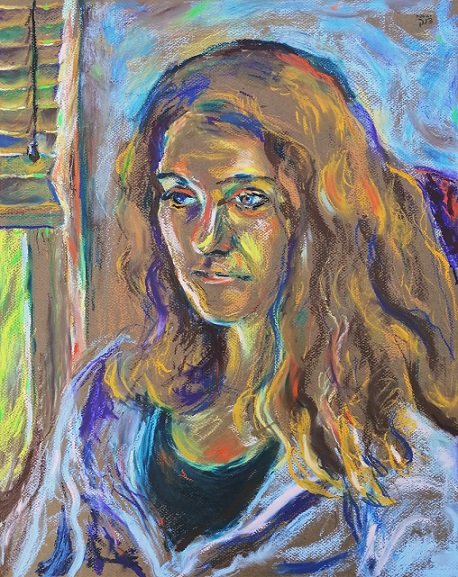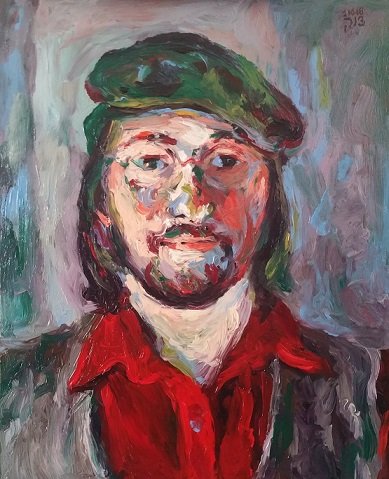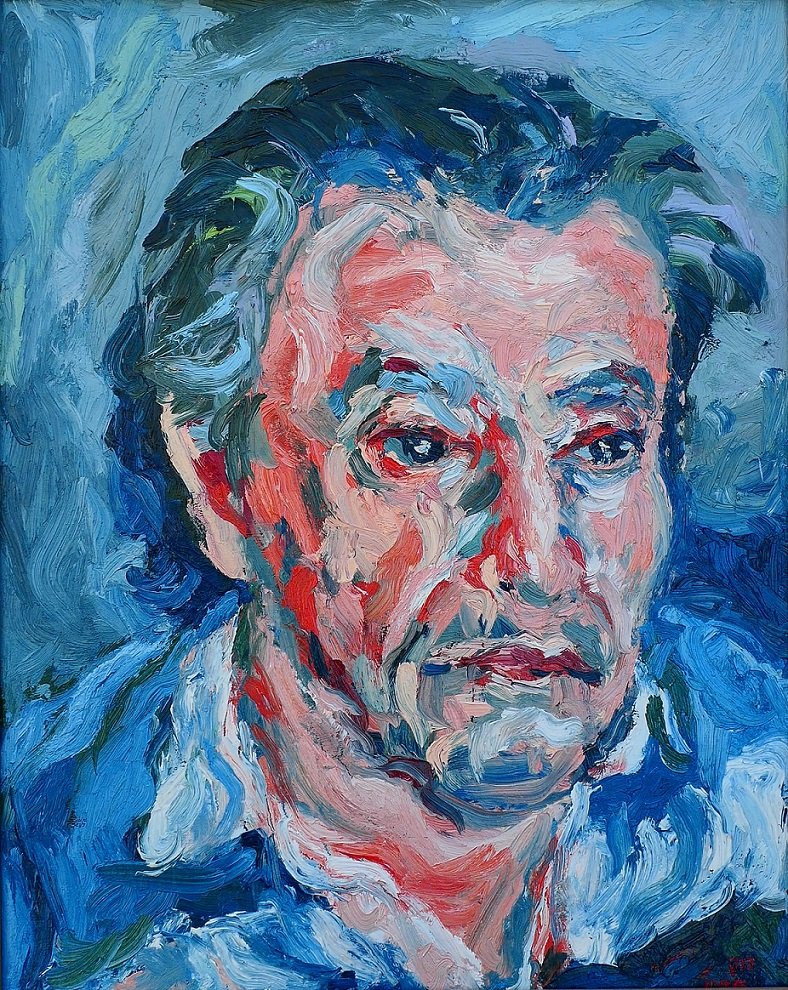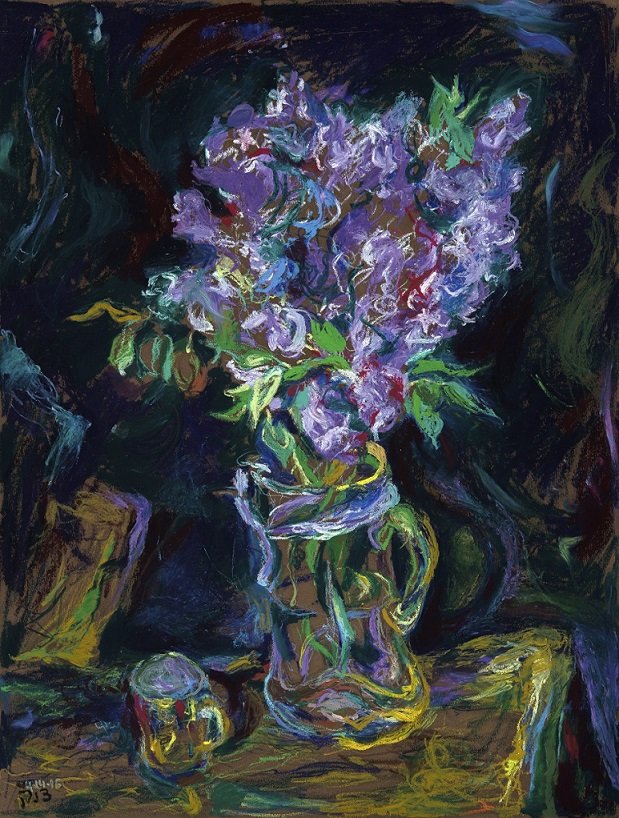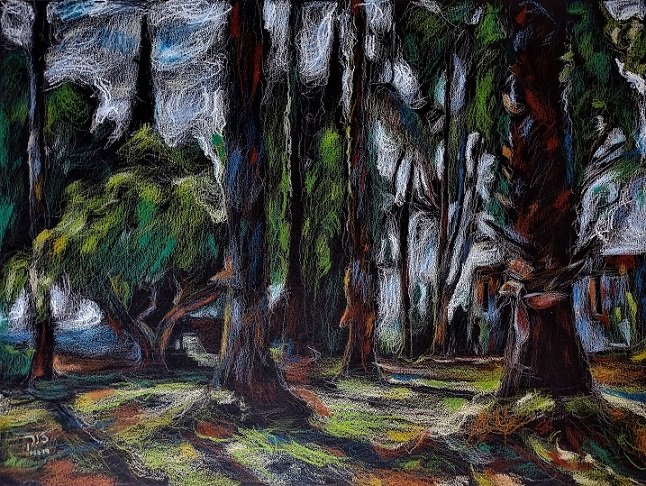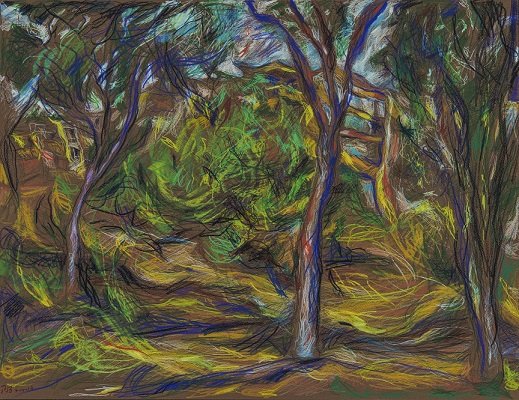Interview
Oleg Tsank
Oleg Tsank was born in Ukraine in a scenic town flanked by the Dnieper River. Having grown up in a family of avid readers, Oleg has loved books since childhood, which bolstered his creativity when he later transferred his imaginative ideas to art.
After moving to the United States, in middle school, Oleg discovered reproductions of classic artworks and became inspired by masters like Chaim Soutine, Amadeo Modigliani, Pablo Picasso, Vincent Van Gogh, and the Expressionists. He started drawing in graphite and ink while still in middle school, and by the time he reached high school he began painting in oils, deciding to become a professional artist.
Oleg works in several genres, including portraiture, landscapes, and still life. An excellent colorist, with a keen awareness of reality, he focuses on unique atmospheric forces surrounding living organisms and objects. Intrigued by the ways in which such forces shape the visible world and having been inspired by the School of Paris as well as the Expressionists, Oleg prefers that his painting not be photographically precise. Oleg’s paintings and drawings reflect the turbulent and fleeting nature of reality. To convey this reality, he works with a variety of media, including oils, acrylics, pen and ink, oil pastels, graphite, and charcoal.
Being a dedicated professional, he exclusively employs archival quality materials in his work so that they may last and keep their original color profile for as long as possible. Oleg’s captivating style resonates with people around the world, both at home and abroad. When drawing or painting portraits, Oleg prefers working with a live model in the studio. This allows for closer observation of the subject relative to the limitations of perspective and lighting that are fixed by a camera. In order to create a successful, lively portrait, Oleg carefully studies a face, focusing not only on the physical, but also the psychological aspects of the sitter, which can be gleaned from their mannerisms, features, and facial expression.
What is your background and how did you start your journey in the art world?
“My journey in the art world started when I was born in a family of engineers, who appreciated art and literature. My family and I moved to the United States when I was 12. During high school, in my art classes, I became inspired by the works of the masters, from art books and slides. I learned drawing concurrently in graphite, pen and ink, colored pencils, and pastels. In college, I studied color theory in-depth and picked up oil painting.”
What inspires you most?
“I am inspired by people and things visible to me, by powerful colors, and unusual shapes.”
“I reduce figures and shapes borrowed from reality into essential elements infused with accidental gestures and colors during production. During the process, I pursue freshness of color, the urgency of form, and compositional clarity.”
What themes do you pursue? Is there an underlying message in your work?
“Undoubtedly, the visible universe evolves in space in an uncompromisingly steadfast manner. With its ubiquitous current, time unflinchingly races ahead, imparting noticeable traces on both living things and inanimate objects. My intention in art is to illustrate the inherent uncertainty of life.
Motivated by life’s everyday fleeting, unstable reality, I aim for paintings that mimic and celebrate the outside world. My painting ideas are based on existing objects and people.”
How would you describe your work?
“I am not interested in photorealism because it offers a false narrative that life is inherently static and permanently fixed in space. Concurrently, I do not subscribe to nonrepresentational art, since such ideas entirely ignore the visible world, focusing instead only on the psychological. In my painting, my goal is to achieve a harmonious balance between the literal and nonrepresentational.”
Which artists influence your work most?
“I am influenced by the painter Chaim Soutine the most, Amadeo Modigliani, Pablo Picasso, Vincent Van Gogh, and by the Expressionist movement.”
What is your creative process like?
“Although my paintings appear naturally spontaneous, I resolve my compositions in preliminary drawings first. These drawings serve as a starting point for my painting. After I select a suitable composition from my thumbnails, I begin the painting.”
“With everything around us constantly evolving, I do not mirror the accurate appearance of people and their surroundings. Instead, I interpret such movement through spontaneous marks and brush strokes, using an efficient palette.”
What process, materials, techniques, etc., do you use to create your artwork?
“I work in oils primarily, although I am proficient in acrylics, and graphic media as well.”
What’s your favorite artwork and why?
"My favorite painting is the one of Madeleine Castaing by Chaim Soutine (from the collection of the Metropolitan Museum of Art in NYC). Soutine painted a seated portrait of his patron Madeleine Castaing. The artist employed a triangular composition, placing the figure slightly off-center and to the right. Distinct, turbulent, and mysterious, the portrait offers a flickering glimpse of the sitter's personality, revealing essential elements with a limited palette, and animated brushwork.”
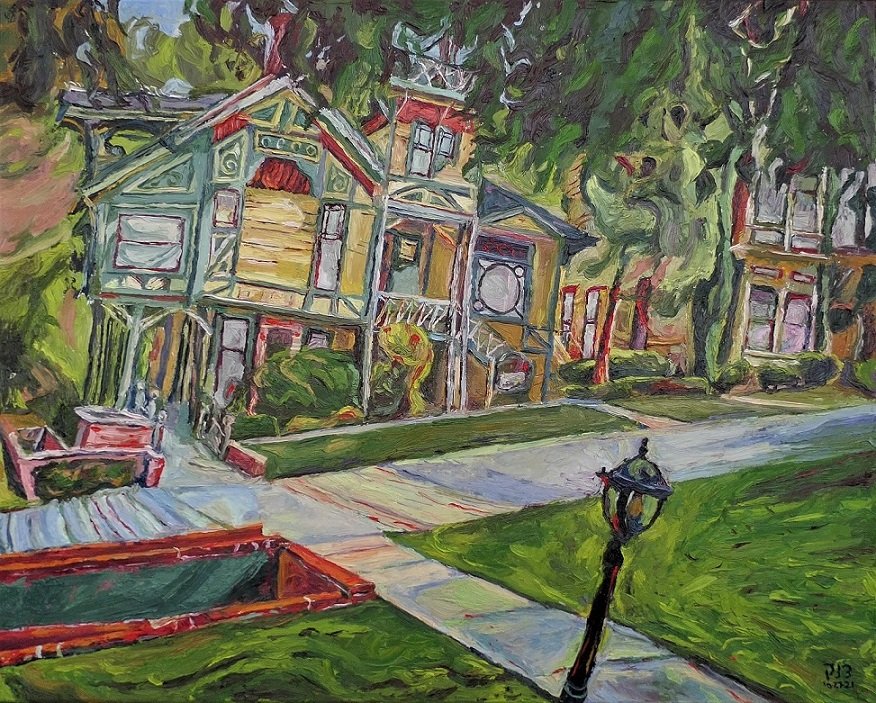
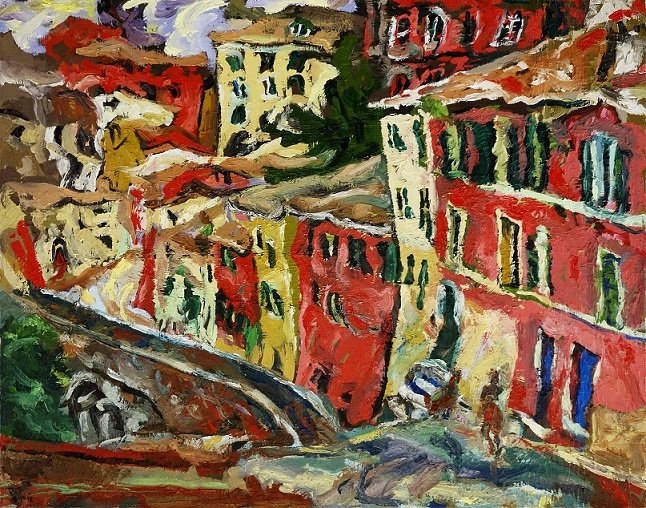

What is an artist’s role in society and how do you see that evolving?
In contemporary society, artists serve as entertainers, philosophers, or a combination of both. Entertainers work in decorative fields, creating art pleasing to the eye but lacking substance, or concepts. On the other hand, philosophers produce art requiring the public's attention, such works contain layers of meaning, appearing less cheerful than decorative works.
Occasionally, artists produce works combining the best of both worlds, incorporating the decorative aspects, and the philosophical ideas into coherent compositions. Undoubtedly the artist's place in society will continue evolving, especially with onsetting modern technologies. Although I am not certain how an artist's role will develop in time, I sincerely hope that such a role will remain a positive force in future generations.
Website: www.olegtsankfineart.com
Instagram: @mcfly5776
Other: Facebook , Pinterest, Saatchi Art, Fine Art America


